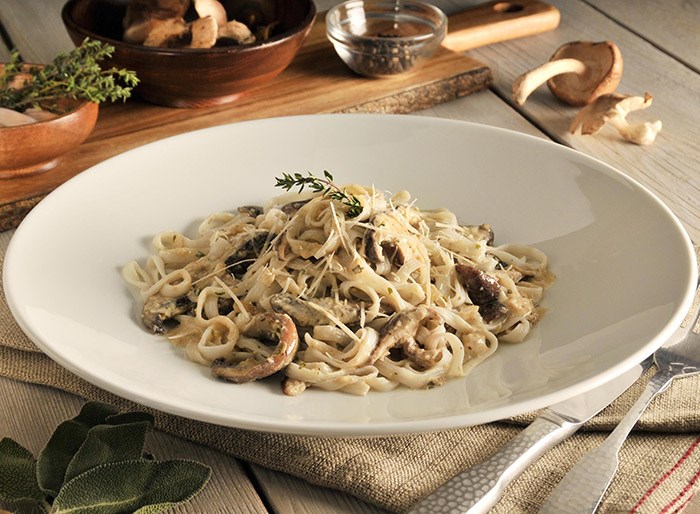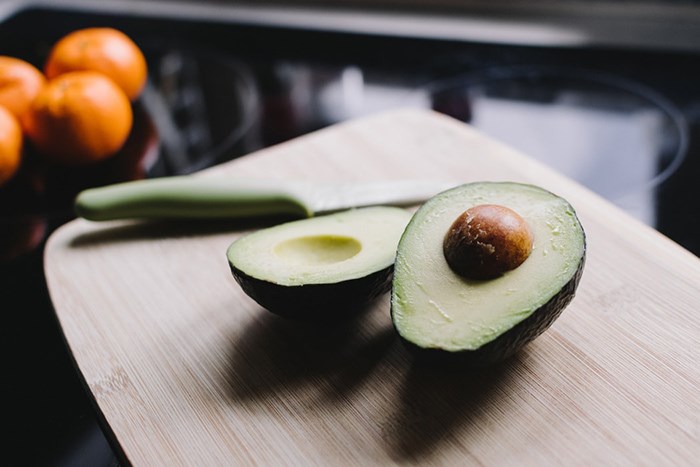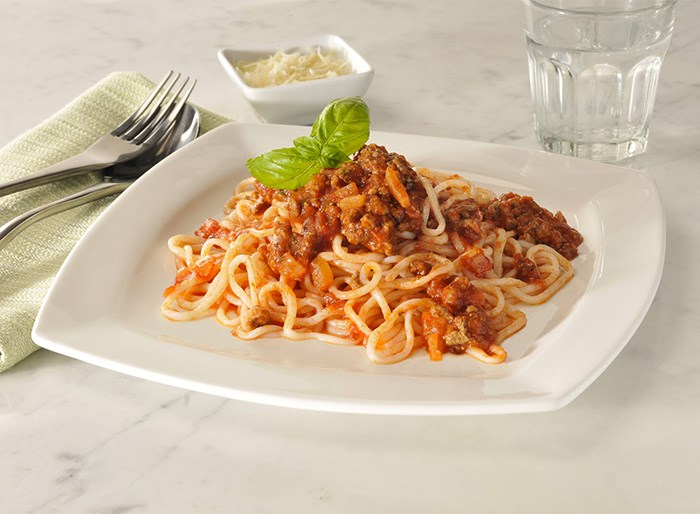 NuPasta Bolognese, Photo: Nupasta
NuPasta Bolognese, Photo: Nupasta
Weight loss. Improved energy. Lower blood pressure.
These are just some of the benefits often associated with a ketogenic or “keto diet”.
For those of you that don’t know, keto is a type of diet that favours proteins and healthy fats as your main source of energy instead of carbohydrates.
The goal of the diet is to keep your body in a ketogenic state, also known as ketosis; a metabolic state characterized by elevated levels of ketone bodies in the blood that is believed to encourage your body to burn fat for energy. Simply put, eat less carbs and your body will be forced to burn your body fat reserves.
Those who swear by the keto diet make big claims like improved mental clarity and weight loss, with the added benefit of being able to eat most of the foods they love.
 Healthy Fats, photo: Unsplash
Healthy Fats, photo: Unsplash
That’s because keto isn’t like other diets. It’s less about counting calories and more about focusing on the types of foods you eat, with healthy fats (like avocado, coconut oil) serving as the primary source of your energy. Here’s a general breakdown of what you can and can’t eat when going keto.
A typical Keto Diet Includes:
• Meat, poultry and seafood
• Lots of healthy fats, including nuts (except peanuts), seeds, avocado, coconut oil and olive oil
• High quality dairy products including full fat yogurt, butter, cream and cheese
• Low-Carb Vegetables
Here’s what you can’t eat on the Keto diet:
• Grains, rice, oatmeal and pasta
• Low-fat or reduced fat dairy products
• Beans, peas, lentils, legumes
• Peanuts
• Anything with added sugars or sweeteners
• High sugar beverages including natural juice
• Processed foods and “snack foods” such as potato chips, pretzels, and crackers
A diet that embraces full fat, cheese, meat and dairy doesn’t sound so bad, but of course, it does leave a few things to be desired. Fortunately brands like NuPasta offer those who are health conscious, gluten intolerant or Keto a perfect substitute for something everyone craves...
Pasta.
 NuPasta Bolognese, Photo: Nupasta
NuPasta Bolognese, Photo: Nupasta
Made entirely from the root of the konjac plant, NuPasta contains no starch, no gluten and zero net carbs. For comparison, a full plate (210g) of regular cooked pasta contains about 300 calories and 2g of dietary fibre, the same amount of NuPasta contains 25 calories and 6g of dietary fibre. NuPasta comes pre cooked in a variety of styles, including spaghetti, angel hair and fettuccine. They can be added to traditional pasta recipes, or used any way you like, including asian-inspired dishes, soups, or whatever you think of or crave.
The low calorie pasta can be purchased in grocery stories across Metro Vancouver. NuPasta can also be purchased online here.
To learn more, visit nupasta.com


